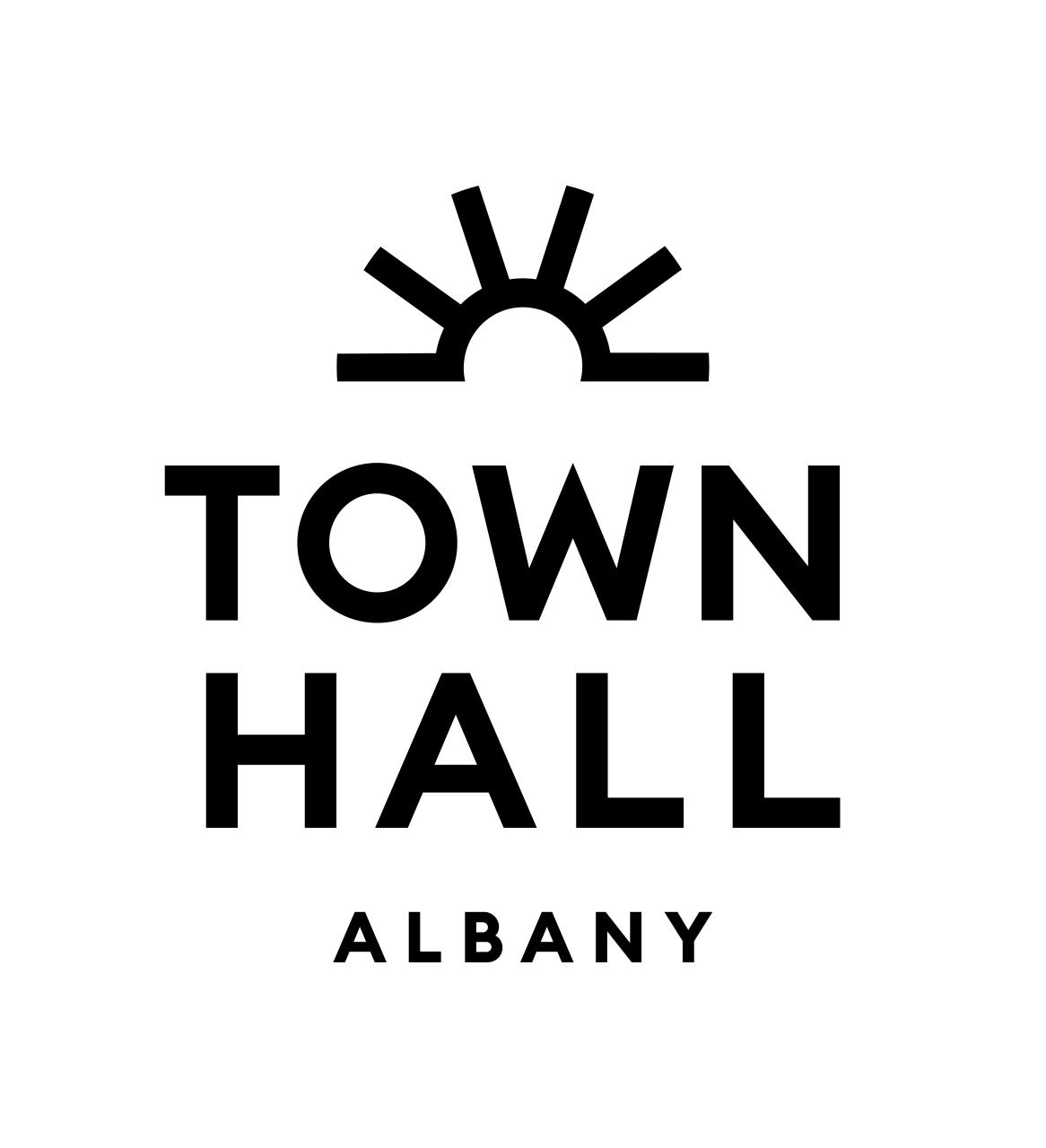Albany Town Hall
The Albany Town Hall is the region’s flagship arts presentation venue, with high spec galleries, artisan retail opportunities and a multi-functional flat floor space to support a range of arts and cultural events, civic events, performances and exhibitions.
The venue will further activate the CBD, contribute to the growth of economic development and tourism, enhance liveability and help build the profile of our region’s people, places and stories.
Extensive construction was carried out to bring new life to this much-loved local icon between October 2019 and November 2020. This has included conservation works, essential safety and structural repairs, upgrades to existing infrastructure and the development of new facilities.
The Town Hall reopened to the public in early December 2020 and already the Ground Floor Galleries are fully programmed until December 2021 with staff onsite providing a concierge service. The City is excited to bring a broad range of exhibitions to the community, including the Great Southern Art Award. The first-floor auditorium is also available for hire.

New Town Hall logo created for City of Albany by Mule Creative
Re-purposing Work highlights
The tiered seating and mezzanine wings in the first-floor auditorium have been removed, restoring the original multi-purpose flat-floor. A new stage hoist and access stair have also been installed, as well as improved house lighting.
The existing public galleries and community spaces on the ground-floor have been painted and upgraded, with air conditioning units being installed and the flooring being refurbished.
The public toilets accessible from the Town Square have been replaced and the internal toilets have been upgraded.
Other completed works include:
- A new ground-floor staff working space
- Essential safety repairs, such as the replacement of fire escape stairs and the installation of a new hydrant and water supply
- A new external walkway and front entrance automatic door
- Refurbished existing stairs and walkways
- Enhanced storage, loading and building services
- Upgraded lighting and electrical networks
What you can see and do in the Town Hall
Ground Floor Galleries
Exhibitions presented in the Ground Floor Galleries reflect professional gallery standards and will be 100% curated. This means that experienced staff will manage the spread of programming.
First Floor Auditorium
The first-floor is available for hire by artists, art groups and organisations for the presentation of cultural and creative events and will also offer some aspects of a curated program, specifically in relation to live music and support for the development of creative industries.
It will be suitable for the presentation of a range of events, such as:
- Community exhibitions and events
- Artisan, designer and maker fairs or exhibitions with a commercial orientation
- Cultural and creative industry symposiums, events, lectures, talks, exhibitions (film, fashion, design, heritage etc.)
- Multi-artform installations
- Contemporary performance development and presentation
- Live music and concerts
- Cabaret and cocktail style events and functions
- Dancehall style events
- Civic events
Accessibility
ACROD parking is a available at the Albany Town Hall in the adjoining carpark and street parking. A ramp is available at the front of the building with access to level one via the internal pedestrian lift. A loading zone is available at the rear of the Town Hall to assist with transportation of heavy equipment and an internal service elevator is situated at the rear of the building with services both the ground floor and the rear of the stage area on the first floor.
Town Hall Opening Hours
Tuesday to Saturday, 10am - 5pm
Open on public holiday Mondays and Mondays during school holidays
Town Hall Contact Details
217 York Street, Albany WA 6330
PO Box 484, Albany WA 6331
Phone
6820 3850
Email
[email protected]
Socials
@AlbanyArts